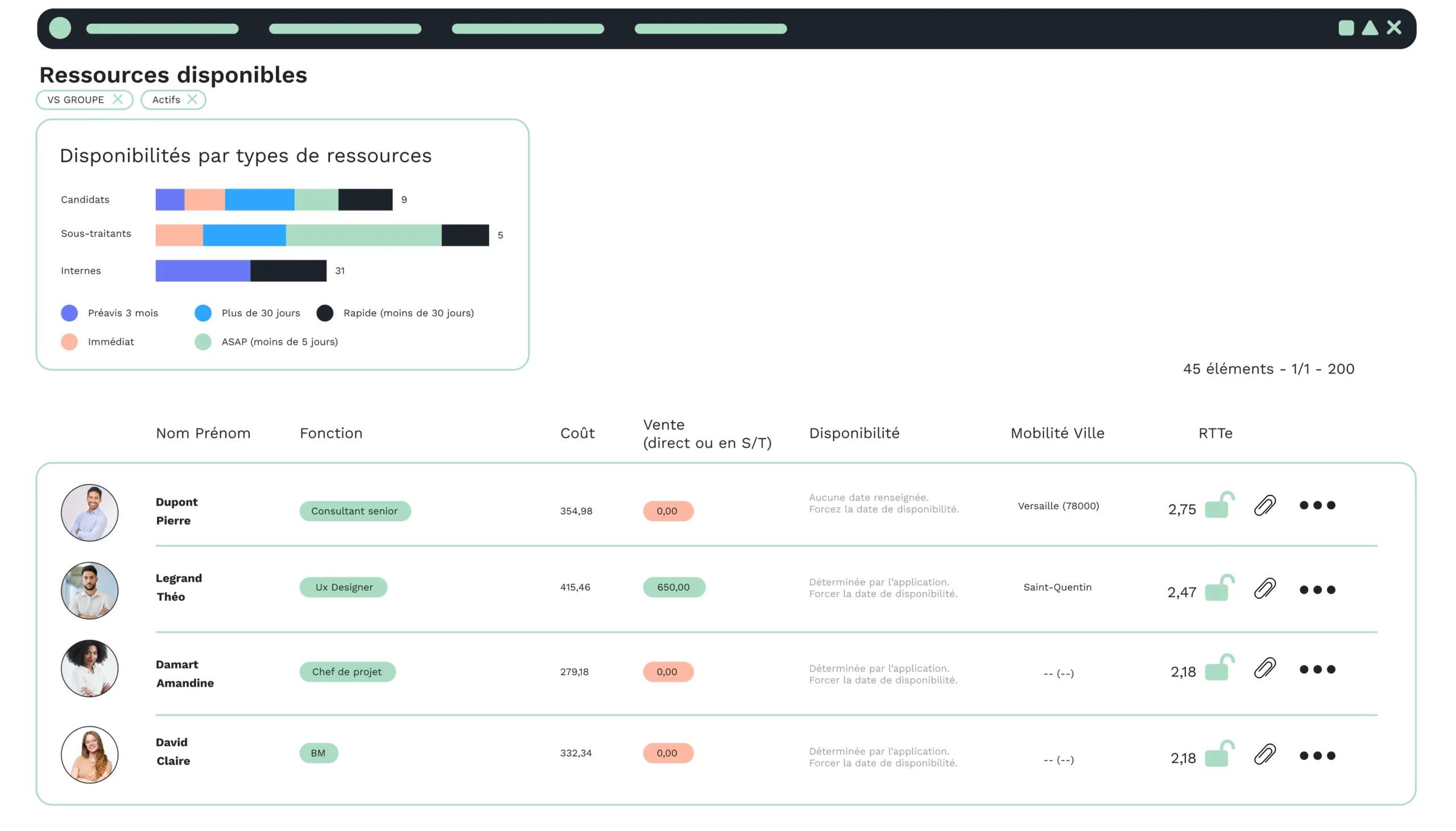Excel is a very popular tool that has captured the hearts of businesses for years. It is used in a variety of ways that divert it from its primary function of processing frozen data.
In fact, it’s easy to find large Excel files containing numerous items of data stored by activity (HR, purchasing, sales, etc.), as the tool offers numerous functions such as graphs and tables, to name but a few.
However, when you want to take your data analysis a step further, Excel quickly reaches its limits.
Excel’s limitations in managing your business
Tool capacity
Memory and system resources limit the amount of data that can be included in the file. Microsoft lists the tool’s limitations here.
Data processing
The more data there is, the slower and heavier the file becomes. You waste time opening, saving and closing the file when it doesn’t crash, resulting in hours of lost work.
The collaborative spirit
It’s not possible for several people to work together on an Excel file, which is a hindrance when there are several people involved in a project. It is also not possible to add attachments.
For example, if you’re tracking a database of recruitment candidates, where are the CVs located?
Intelligence
The absence of intelligent BI (Business Intelligence) technology within the software means that data cannot be interconnected, particularly for reporting purposes, and thus provide a global view of the business.
Input errors
Entering the same data several times leads to data entry errors, which in turn leads to decisions based on incorrect data.
Time-consuming use
A new file must be created for each new requirement (invoicing, quotation, Activity report, etc.). This approach is a waste of time and data, since the information is not interconnected, or at least not in a simple, integrated way.
A single designer
Only one person is responsible for the Excel file, and he or she will be the one most familiar with how it works, since it follows the same logic as his or her own. This means he’s the only person who knows how the file works. (More than just filling columns).
Complex traceability
Excel is not suitable for tracking projects, prospects, candidates and so on. What’s more, it’s difficult to know whether the data has been updated and where it comes from.
Excel remains a very useful business tool, and we use it internally. However, there are tools that enable you to manage your activity, exploit data, make them interact with each other and work in collaboration with the various players involved in a project.
VSA is an ERP system that enables every employee in the company to work on subjects related to his or her function.
Discover all VSA features: https: //vsactivity.com/fonctionnalites/







